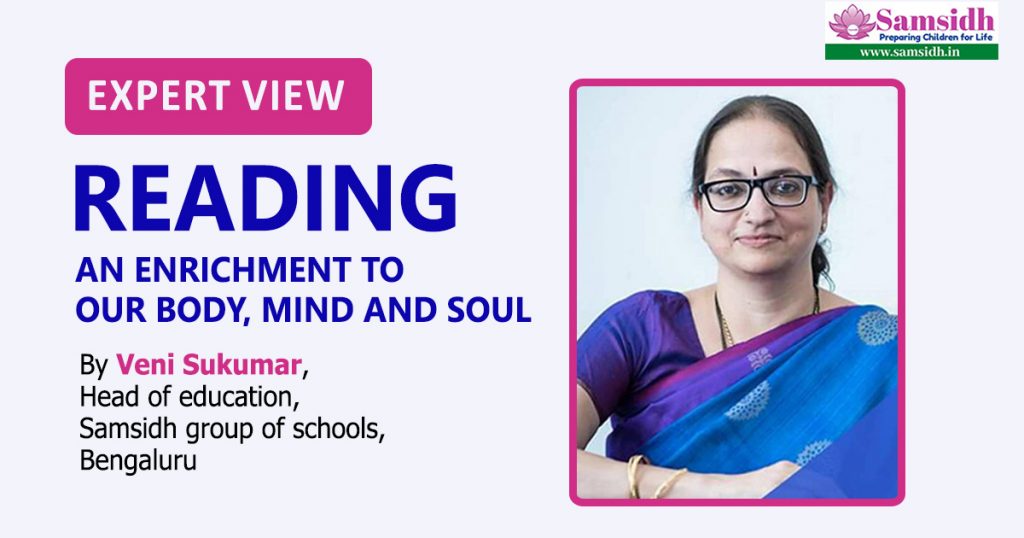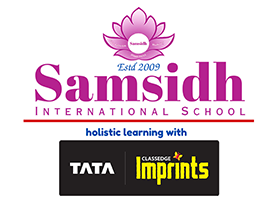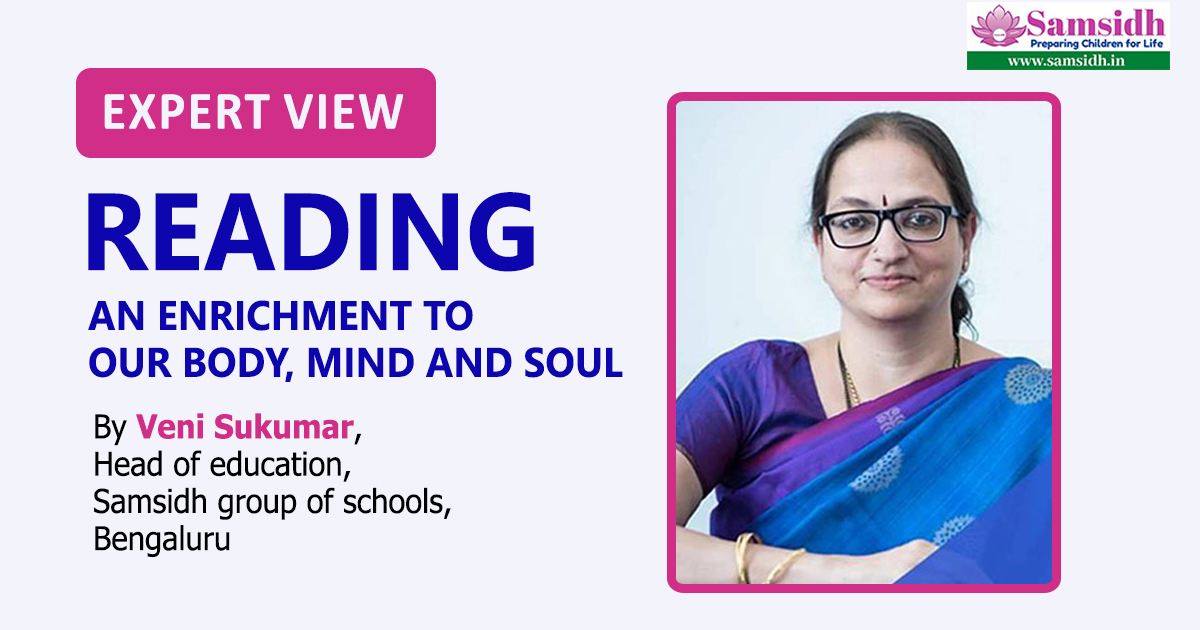
Brain is the most complex organ in one’s body. Till date no one has been able to completely decipher a brain’s working. It is a myth that humans use only 10% of their brains, which has been debunked by the neurologist Barry Gordon who explained that most of the brain is almost always active. So when our brain is ‘almost always active’, is it not imperative for us to use it to its optimum potential? With a minimum use of our brains, if we can do so much, imagine the extent to which we can achieve if we put it to creative use! It is well known that things that stimulate the brain helps it to grow! How can it be done? Simple…………..through reading! Reading gives information which helps the brain to translate that information into audio-visuals and combine all the effects to create thoughts and emotions. This does not happen when we watch a TV or a movie as the audio-visuals are already there, the cues are already given, so the brain relaxes and becomes sluggish. In order to keep the brain up and ticking, we must read.
When it is so, the questions which come to our mind are – ‘What is reading?’ ‘ What to read?’ ‘When to start reading?’ ‘How frequently should one read?’
Reading is a complex process involving recognition, fluency and comprehension and these three can happen only if there is motivation. Reading helps us in phonemic awareness, decoding of sounds as words, expansion of vocabulary, widening of imagination and acquisition of knowledge. If these things need to happen, then the material for reading should be interesting and pleasurable. If the content is neither pleasing nor fulfilling, children won’t choose to read and without adequate practice they won’t become fluent readers. Thus, reading needs to be a pleasurable social act catering to their interests and genres. Hence there is a need to introduce story books to children right from the age they can sit and can hold a book. Give them a colourful picture book and allow them to explore! Once they start talking, read to them the books that they like and not the ones you think that they should like – even if it means reading the same story innumerable times. It might be innumerable to you, but to them, there is a new point learnt each time. This will awaken their interest and induce them to read on their own. Once they become the independent readers, the world is at their fingertips. Books are to loneliness what a candle is to darkness.
From the multitude of benefits of reading, there are ten scientifically proven benefits viz.- mental stimulation, stress reduction, knowledge acquisition, vocabulary expansion, improvement of memory, stronger analytical thinking skills, improved focus and concentration and a fluent writing skills. Unfortunately, the technology crazy world of today has lost the sight of this pleasurable activity called reading. When a child throws a tantrum, it is easier for the adults to thrust a gadget in his/her hands than sit with the child and read. The apps are a visual bombardment to the senses but do nothing to stimulate the imagination. This is turning children into hyperactive and impatient ones, a complete antithesis to what a reading would do.
At Samsidh, we realized the importance and the innumerable benefits of reading when we saw that the children who can compute mathematical functions easily till Grade II start floundering in Grade III when they are faced with statement problems. The crux of the problem lay in their inability to understand the language used in the statement problem and not the lack of understanding of the concept. We realized the necessity to hone their language skills from their lower grades and thus was born the ‘Language Enrichment Programme’- which helps the children learn the language as a skill. This programme begins with phonics, moves on to the reading and comprehension of unfamiliar texts and finally to literary circles where they read and critique the stories of their choice – an activity they revel in. This programme has been in place for the last seven years and we have seen that in the last four years, our children by the time they come to Grade IV when assessed are at par with the international Reading Standards. Samsidh Enrichment programme is a pleasurable educational activity and the children are assessed and supported in every step – all these, without their knowing that they are being assessed! For them, it is a ‘fun class’, where they get to read a book of their choice, dream, discuss and debate on it. Books of all genres are introduced for them to find their perfect choice of reading. Our programme has made our children as ‘avid readers’, ‘wonderful raconteurs’ and ‘ articulate authors’. We have also seen them doing extremely well in other subjects.
It is very necessary to make our children readers first rather than make them sit and memorize the concepts without comprehension or carting them off to some tuitions for the so called coaching of concepts. Unless the child knows the meaning of ‘Sum of’, how will the child add? Point to ponder! Don’t you think?

